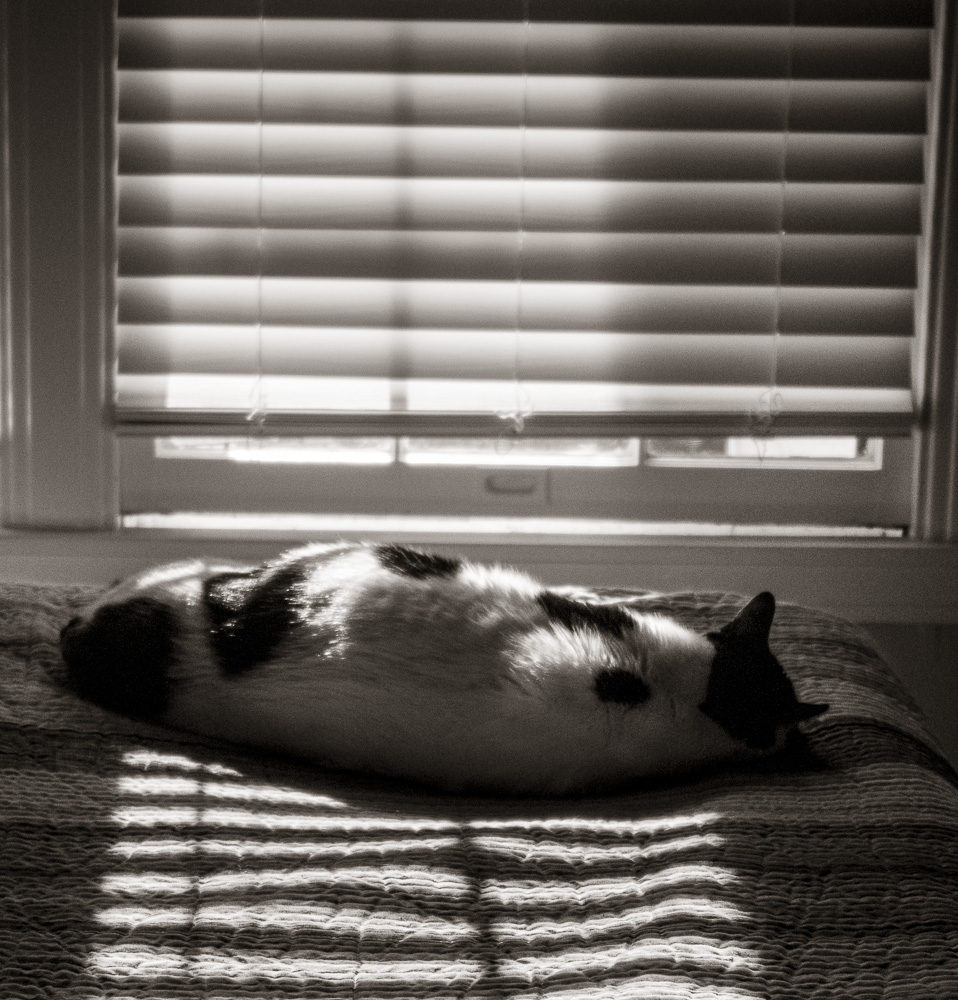“The One who made thee, made me likewise.”
(Prayer from the Hebridean Islands)
I was fortunate to grow up spending a lot of time with my maternal grandmother. Golda was of Scots-Irish descent, and she had a lively sense of the gifts that the natural world has to offer. My early years were happily shaped by observing her sense of kinship with her gardens and the creatures that inhabited her yard in San Antonio. My grandparents also owned a good bit of land north of the city, in the Texas hill country. On many a weekend, particularly in the summers, my siblings and I were with Golda on the creek, learning to catch fish and to greet the wildlife.
We developed a healthy respect for non-poisonous snakes, scorpions and daddy long legs spiders (they tended to live in the out-house, which was a little disconcerting). We developed the kind of listening skills that could sort out the snort of a white tail buck, the snuffling of an armadillo and the yowl of a panther. We had a practice of gathering fossils, flint rocks and beautiful quartz from the land. Some of that quartz is around my fish pond, reminding me of that well-loved habitat.
Now I am in my seventh decade, and I look back with so much gratitude. In her singular way, Golda taught me to behold the natural world on the lookout for divine Presence. She was not inclined to talk about it. Yet I recall watching her water her gardens in the hot, dry days of July and August. Backlit by the morning sun, the water spraying from the hose glimmered with light. In fact, to me, it looked like liquid light, like glory, like radiant Mystery. In the dry seasons, every morning Golda watered those gardens. She would invite me to tag along, and we were companions in that fragrant silence, caught in a kind of grateful adoration.
Golda also occasionally talked to her plants. She would thank the roses for their blooms and commiserate with the wilting sweet peas. I could sense the love she bore toward those living beings. And I “caught” that awareness, that deep kinship. Occasionally she would impart some of her inherited wisdom about the plants and creatures. She had an area dedicated to cultivating earth worms, just outside her back stoop. When I spent the night with her, we would practice the ritual of taking coffee grounds to the earth worms, offering them those nutrients. From time to time, Golda would dig some of the worms, and take them to other gardens in the yard, taking care to cover them well with dirt.
Being with my grandmother taught me to be in nature with kindness and respect. She knew plants, as in the Spanish word “conocer”—which means to know in the sense of being acquainted with, befriending, caring about. These days, much of what guides me in my own tending of gardens and land was learned by watching Golda. Those early years with her have given me that happy experience of sometimes doing something, and realizing I learned it from watching her.
Years later, when I was in seminary, a dear friend gave me my first book of prayers from the Celtic tradition—Daily Readings in Prayer and Praise from the Celtic Tradition, edited by A.M. Allchin and Esther DeWaal. There I found a prayer from the Outer Hebrides, the prayer you see at the top of this article. I discovered that the Celtic prayer tradition is grounded in a keen ability to see the world translucent with divine Presence. Further, this tradition holds that since everything that is comes from the same loving Source, we are all kin—the two leggeds and the four leggeds, as Native Americans put it.
The Celtic tradition leads us to bow before the live oak tree and the dandelion, the bluebonnet and the rock rose, the fire ant and the worm snake.
“The One who made thee, made me likewise.”
This way of seeing and praying leads us to remember that we did not bring any of these wonders into being. In this time of climate change, we are awakened from our torpor, and led to see how terrible it is to watch whole species disappear. We are losing our family members! As we are led to remember and rediscover the beauty of this interconnected kinship, we are opened to wonder and to compassion. No longer do we see a plant solely for its utility. An heirloom tomato becomes a source of delightful surprise—how did that seed become this delicious fruit? How did that tiny, almost invisible seed become this glorious purple carrot?
When we allow ourselves to behold the natural world, to perceive all of the life unfolding around us, we may sense that stirring of ancient awareness. We may find ourselves discovering that sacred ground, right outside the back door, right where those earth worms dwell.
“The One who made thee, made me likewise.”



